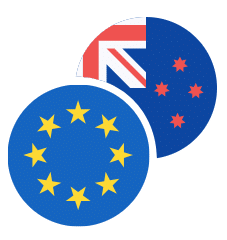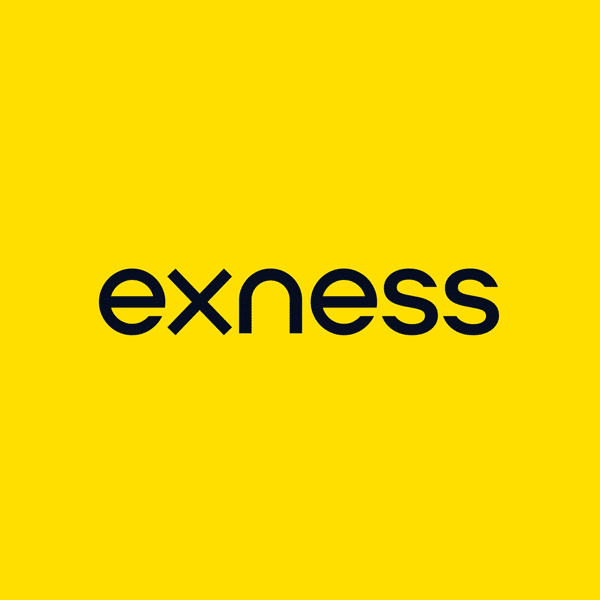
Price

Overview
The EURNZD currency pair represents the exchange rate between the Euro (EUR) and the New Zealand Dollar (NZD). As a cross pair excluding the U.S. Dollar, it often trades with different volatility dynamics and offers distinct trading opportunities. The pair combines two fundamentally different economies: the Eurozone — an industrial and service-based powerhouse — and New Zealand — a smaller, commodity-exporting nation heavily reliant on agriculture and trade with Asia-Pacific regions.
EURNZD tends to move in response to changes in monetary policy, economic data (especially interest rates and CPI figures), and geopolitical shifts. Its relatively lower liquidity compared to majors can amplify price swings, making it attractive for experienced traders but potentially challenging for beginners.
Estimate your profit or loss before entering an EURNZD trade using your planned entry, exit, and position size.
Price Chart
Technical Details
Why Trade Euro / New Zealand Dollar?
Strong Volatility
Regular price action supports active day and swing trading
Macro-Driven Moves
Clear reaction to policy statements and economic data
Diversification Tool
Good alternative to highly correlated major pairs
Trend Behavior
Known to develop clean technical trends over medium-term
Asia-Europe Exposure
Helps traders engage with both economic regions
Pros & Cons
Advantages
- Strong price movements provide clear technical setups
- Diverse economic drivers between Eurozone and New Zealand enable macro trading strategies
- High volatility offers good opportunities for swing and intraday traders
- Often exhibits sustained trends, beneficial for trend-following systems
- Less correlation with USD pairs offers diversification
Disadvantages
- Can experience wide spreads during low liquidity hours
- Sensitive to agricultural and commodity-driven economic shifts
- Prone to unexpected spikes due to low NZD liquidity in off-peak hours
- Volatile reaction to interest rate decisions and inflation data
- Requires attention to both European and New Zealand news cycles








